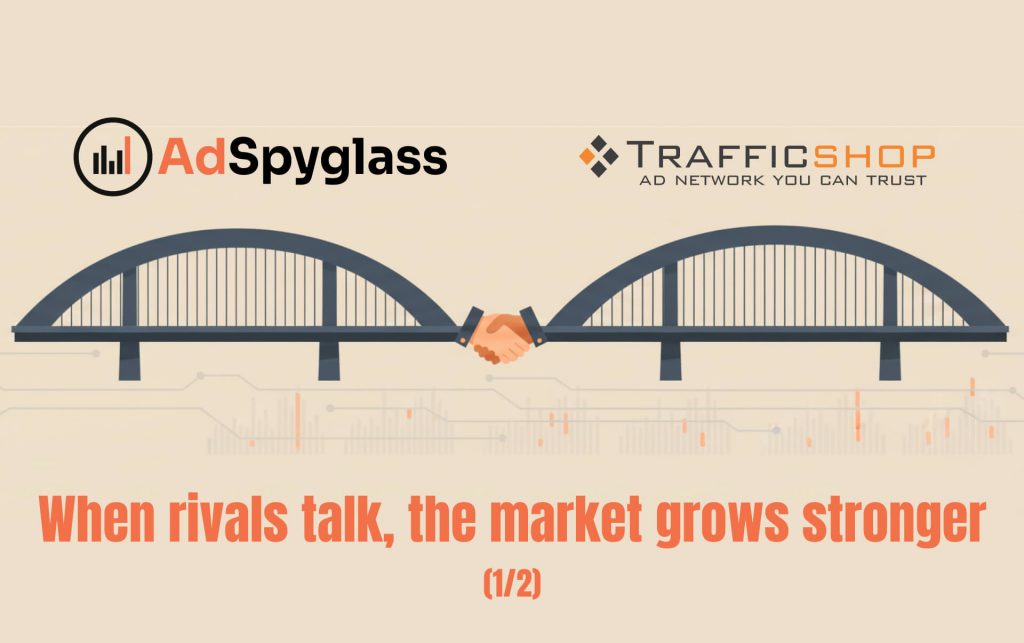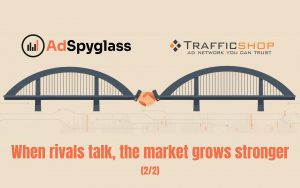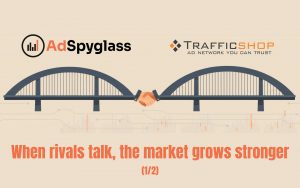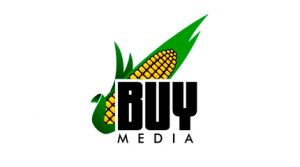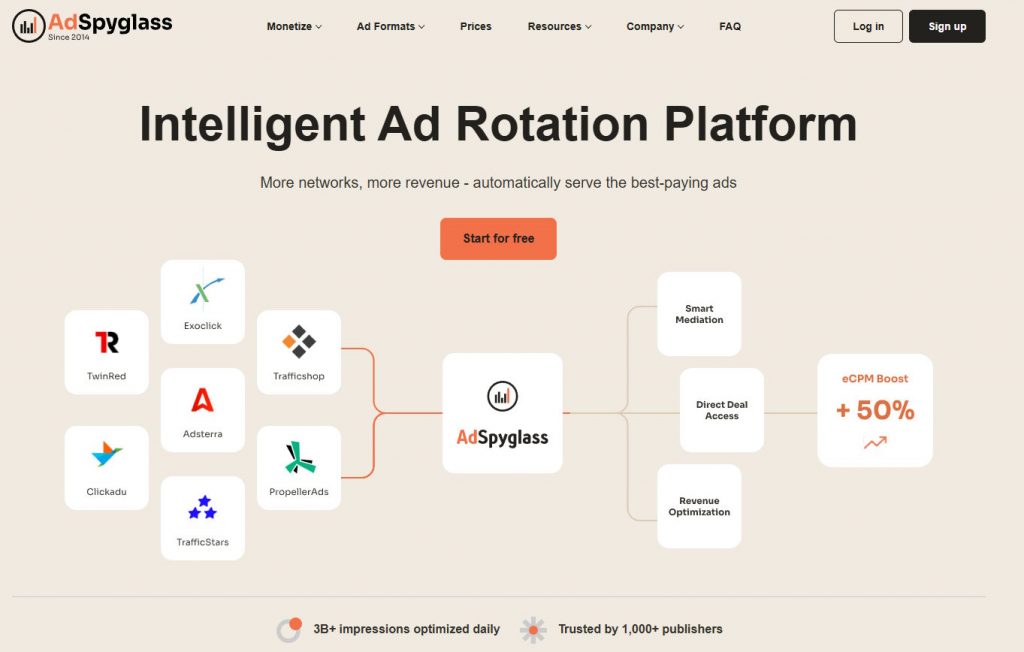Sometimes, the best collaborations start between competitors.
Together with TrafficShop, we at Adspyglass Group, which includes both projects Traforama.com & Adspyglass.com, decided to talk about what truly matters in digital advertising today: trust, transparency, and the shared drive to make the market better.
We may compete for clients, ideas, and technologies, but beyond that lies something greater — people working towards common goals.
We learn from each other, share experiences, and inspire one another to build better products and stronger connections across the ecosystem.
Disclaimer: While we may look like similar ad networks at first glance, there are key differences both technically and in our focus on advertisers vs. publishers (buying vs. selling traffic).
That’s why our answers may vary, to give you a full picture from both sides.
Meet the experts:

Diana — Head of Marketplace, Adspyglass Group

Darry — Sales Director, TrafficShop
Transparency & Fraud Prevention
Q: How can we ensure traffic quality and mitigate ad fraud across networks?
Diana:
That’s a cornerstone question for today’s digital ad ecosystem. While there are many third-party verification services that offer fraud detection, ad quality scoring, and malicious ad prevention, these tools are often expensive and can’t cover 100% of traffic or ad inventory. They work great for spot-checking or large-scale programmatic environments but aren’t always scalable for every use case.
The real game-changer lies in shortening the supply chain. The fewer intermediaries between the advertiser and the webmaster, the higher the trust and the clearer the accountability. That’s why TrafficShop and Traforama are built around direct cooperation: advertisers connect directly with verified publishers, while platforms like Adspyglass provide transparent reporting and full visibility into traffic flow.
Ad fraud, however, is an evolving threat — click farms, bots, hidden ads — it’s a constant arms race. While third-party solutions such as Fraudscore, Kaminari, and Forensiq are widely used, they can also be cost-prohibitive. That’s why custom, real-time anti-fraud systems have become a valuable complement to external tools.
At Adspyglass Group, we’ve developed internal monitoring algorithms that track anomalies in CTR, session duration, IP behavior, mouse movement, iframe ratio, player load times, and other on-page signals. Another effective layer is filtering out non-residential or datacenter IP ranges using databases like MaxMind or IP2Location, which helps identify bots, proxies, and automated traffic early in the chain.
We also pair these insights with machine learning models trained on historical campaign data. They automatically flag suspicious patterns, segment traffic sources by quality, and adapt over time. Continuous behavioral analysis and direct feedback from Traforama’s advertisers reinforce this loop, allowing us to isolate fraudulent sources quickly and refine performance metrics.
Finally, to protect publishers from malicious creatives, Adspyglass scans ads across multiple verification layers — including AdSecure, Adsexplorer, VirusTotal, Avast, and Norton.
The key is a multi-layered defense — combining trusted external verification tools with in-house intelligence, real-time logic, and strong direct relationships between advertisers and publishers. When both sides know exactly who they’re working with, they can focus less on fraud prevention — and more on performance and growth.
Darry:
To ensure transparency and authenticity in traffic sources, manual checks are just as important as automated systems.
At Trafficshop, our monitoring team manually verifies site metrics, domain ownership, and partner legitimacy. This helps us spot issues early and maintain clean traffic.
We focus on working with direct partners and site owners. Fewer middlemen means fewer risks of resold traffic and unexpected alerts.
Also, keep an eye on the number of redirects in partner links. Too many often lead to alerts and pollute the entire traffic chain.
Trafficshop also does not ignore antivirus tools like Avast, Norton and others. Yes, false positives happen, but millions of users rely on these AVs daily. A flagged page means lost traffic before it even loads.
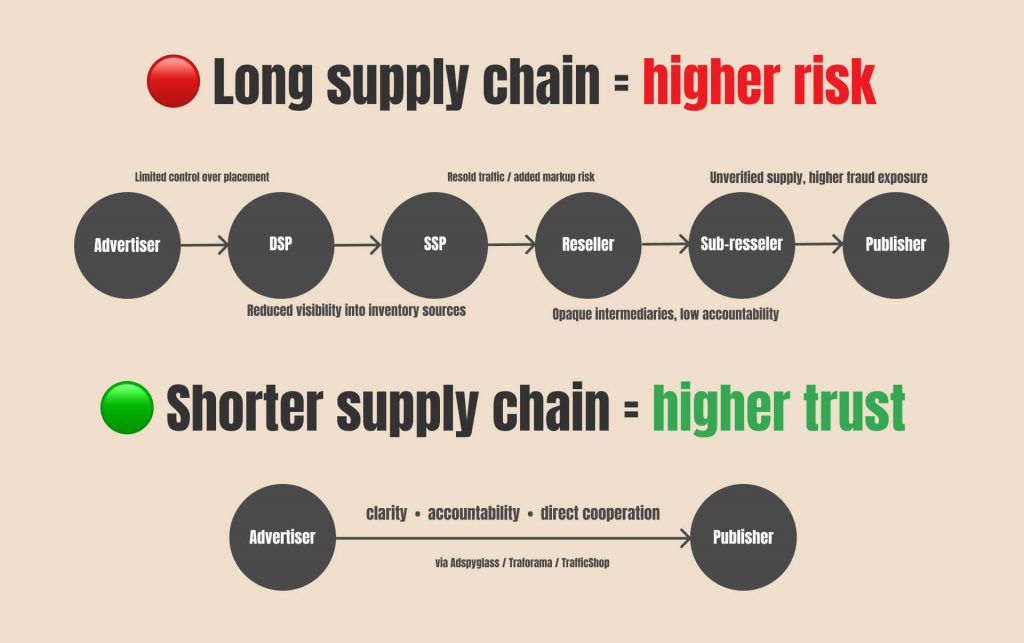
User Experience
Q: How can we minimize intrusive advertising while maximizing effectiveness?
Diana:
Good monetization is always about finding the right balance between revenue and user satisfaction. Intrusive ads might bring short-term profit, but they quickly erode trust — and trust is what keeps users coming back. That’s why webmasters should focus on setups that feel natural and respectful to the audience.
It starts with smart, user-friendly settings: limiting popunder frequency, keeping video skip times short, and controlling how many ads appear on a single page. Choosing formats that fit the user flow — such as pre-rolls, sliders, or native units — helps make advertising feel like a part of the experience rather than an interruption. And, of course, working only with trusted partners ensures that no malicious or misleading offers slip through.
At the same time, publishers can still maximize their revenue by thinking strategically. The best results come from diversifying income — connecting to multiple ad networks through distribution platforms like Adspyglass, which helps allocate traffic where it performs best. It also means recovering lost impressions with anti-adblock solutions and securing higher CPMs through flat deals and consistent traffic growth.
When these elements come together, monetization stops being a trade-off between user comfort and profit. Publishers can protect their audience’s experience and still build strong, sustainable revenue streams.
Darry:
To minimize intrusiveness while keeping performance high, don’t go with every available traffic type at once. If a user sees your ad in a popunder, then again in a banner, and again in a native block, it loses impact fast. There’s no point in bombarding the same user with the same message.
Start with 1/24 frequency capping, which will help to reduce fatigue. Only if you’re running a multi-landing campaign with different flows you should consider increasing impressions per user gradually.
Clean, fast-loading creatives matter too. The landing page should load instantly or at least within 2 seconds for popunder traffic. Slower = lost users.
If your campaign runs through redirects, minimize the number of hops. When users see multiple domain jumps, trust drops. They’re more likely to bounce not just from your page, but from the publisher’s site too.
And finally: whenever you buy traffic, start with A/B testing to understand the match with traffic and the flow that will fit the format. While a reliable Ad Network will give you a technical tool for that.
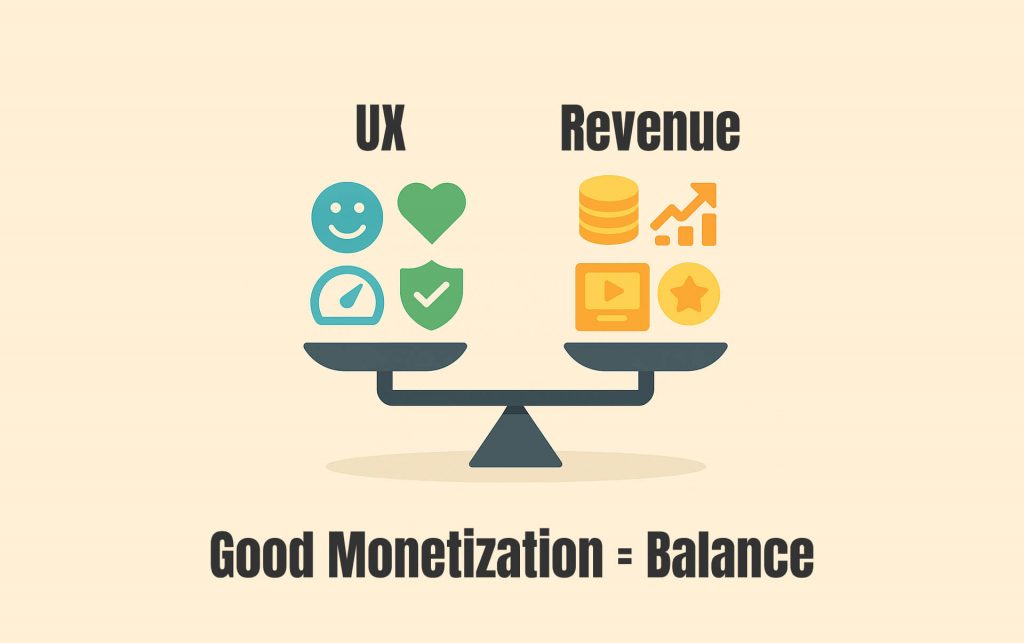
Partnership is only one side of the story. Next, we’ll look at the other — how healthy competition pushes us to build faster, think smarter, and keep improving every part of the AdTech ecosystem.
